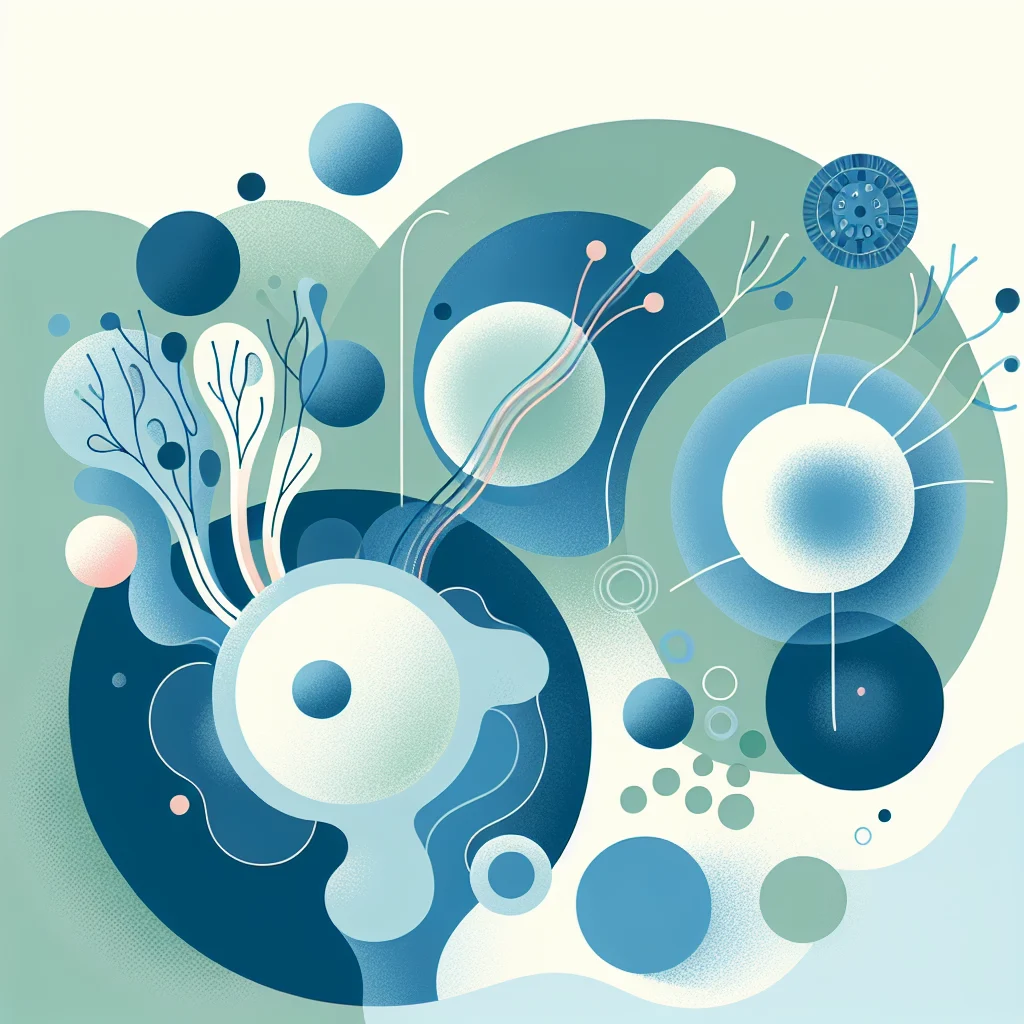Extragonadal Germ Cell Tumor
An extragonadal germ cell tumor (EGCT) is a rare type of cancer that develops outside the testicles or ovaries, where germ cells typically form. It can occur in various parts of the body, including the mediastinum (the area between the lungs), retroperitoneum (the back of the abdominal cavity), and other sites, such as the brain and gastrointestinal tract.
Epidemiology
EGCTs account for about 1-5% of all germ cell tumors and predominantly occur in young adults. The exact cause of EGCT is unknown, but certain risk factors such as family history, genetic abnormalities, and exposure to certain chemicals or radiation may increase the chances of developing this type of tumor.
Diagnosis
Diagnosing an EGCT involves a thorough evaluation of the patient's medical history, physical examination, and various diagnostic tests. Imaging techniques like CT scans, MRIs, and PET scans are used to determine the location and extent of the tumor. Biopsy is also performed to confirm the presence of germ cells and identify the specific type of tumor.
Treatment
The treatment of EGCTs typically involves a combination of surgery, chemotherapy, and radiation therapy, depending on the stage and location of the tumor. Surgical removal of the tumor is often the primary approach, followed by additional treatments to target any remaining cancer cells. Chemotherapy drugs, such as cisplatin, etoposide, and bleomycin, are commonly used to destroy cancer cells throughout the body.
Important Drugs for Treatment of Extragonadal Germ Cell Tumor
Several drugs have proven effective in treating extragonadal germ cell tumors. These drugs play a crucial role in improving patient outcomes and increasing long-term survival rates. The following are some of the most important drugs currently used in the treatment of extragonadal germ cell tumors:
- Cisplatin: Cisplatin, a platinum-based chemotherapy drug, is widely utilized in the treatment of EGCTs. It works by damaging DNA in cancer cells, preventing their ability to divide and grow.
- Etoposide: Etoposide is another chemotherapy drug commonly administered in combination with cisplatin. It helps to inhibit the growth of cancer cells by interfering with their DNA replication process.
- Bleomycin: Bleomycin is often used as part of the chemotherapy regimen for EGCTs. It works by causing DNA strand breaks in cancer cells, leading to their death.
Promising Future Drugs in Late-Stage Clinical Trials for Extragonadal Germ Cell Tumor
Medical researchers and pharmaceutical companies are actively working on developing new treatments for extragonadal germ cell tumors. Several drugs are currently in late-stage clinical trials, showing promising results. Although further research is needed to confirm their efficacy, they offer hope for improved outcomes for patients with this rare cancer type. Some of the promising future drugs being investigated include:
- Tisotumab Vedotin: Tisotumab vedotin is an antibody-drug conjugate that specifically targets tissue factor, a protein often overexpressed in EGCTs. It works by delivering a potent cytotoxic drug directly to cancer cells, minimizing damage to healthy tissues.
- Pembrolizumab: Pembrolizumab is an immunotherapy drug that helps the immune system recognize and attack cancer cells. It has shown promising results in other cancer types and is being studied in clinical trials for EGCTs.
- Enfortumab Vedotin: Enfortumab vedotin is an antibody-drug conjugate that targets Nectin-4, a protein highly expressed in certain types of germ cell tumors. It delivers a powerful chemotherapy drug directly to cancer cells.
Further research and clinical trials are necessary to evaluate the safety and effectiveness of these potential new treatments. The development of novel drugs tailored to target EGCTs holds great promise for improving the prognosis and overall quality of life for patients diagnosed with this challenging disease.
